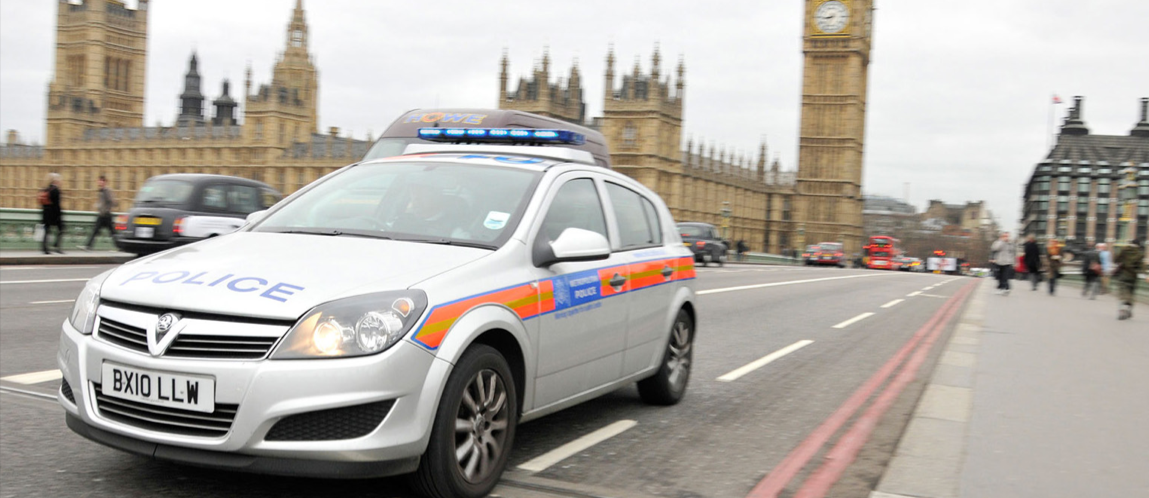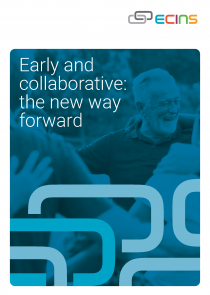The mission of the Rescue and Response Project, run by the London Mayor’s Office of Police and Crime (MOPAC), is to rescue drug trafficked youths from criminal organisations who entrap them in their activities, as well as to proactively protect and support the vulnerable population that is a potential traffic target for these offender groups.
Challenges:
- Criminal organisations had made a practice of manipulating teens and young adults from London boroughs into trafficking drugs across county lines into other boroughs and remote regions.
- In London, the youths were viewed as ‘victims’ who were being exploited by the organizations and forced into criminal activities, such as trafficking and selling drugs, while outside of London, the same youths were viewed as ‘offenders’ when they crossed paths with local authorities in their drug and violence-related activities. The lack of multi-agency communication across and outside of London made it impossible for police officials to connect the dots to prove a victims’ identity versus their offender status, causing these youths to be treated as criminals instead of trafficking victims.
- Without a networked case management system in place, victims who had been identified were more likely to fall through the cracks as tracking their residency and situational conditions to provide support was nearly impossible.
- When a police agency attempted to rescue a victim from a criminal organisation and relocate them to safety, the victim often fell or was forced back into criminal activities when the authorities in their new location did not have enough information to help keep them protected or supported.
Solutions:
- MOPAC established a three-year funding program to assist the top 600 vulnerable youths being exploited as drug traffickers.
- The ECINS Reporting & Referral module has been deployed to all 32 London boroughs and using an encrypted master referral form as a one-front door approach, agencies across the area are able to securely record and share victim and “at-risk” youth case files.
- Dedicated partnership coordinators within the program are responsible for managing a specific set of case files in order to provide a continuity of support and advocation for each vulnerable youth by coordinating services and treatment for each person individually, no matter their current physical location or needs.
- The Rescue and Response team now has the ability to compile and analyse data from all areas of the region and deploy assistance where needed to ensure that youths are protected from exploitation by all means available.
Results:
- More than 600 children were helped in the first year alone, increasing the support goals to 260% more people than originally planned, all within the same original budget.
- Over 700 hours in administration time saved per year.
- The number of collaborative teams involved in the process has increased from four to more than 40 because of the ease of use and secure information sharing features.
- Within a short amount of time, the project managers were able to collect enough data to analyse and identify hot spots of youth trafficking, and then proactively begin to develop early intervention programs and resources in those regions to support the vulnerable population and deter criminal influence.
Testimonial:
“As a former frontline practitioner myself, having used four different case management systems, none have offered the opportunity to work in a multi-agency capacity with such ease as ECINS.” – Jules Trompowsky, Partnership Coordinator, Rescue and Response Project
Download the full case study by filling out the form below:


